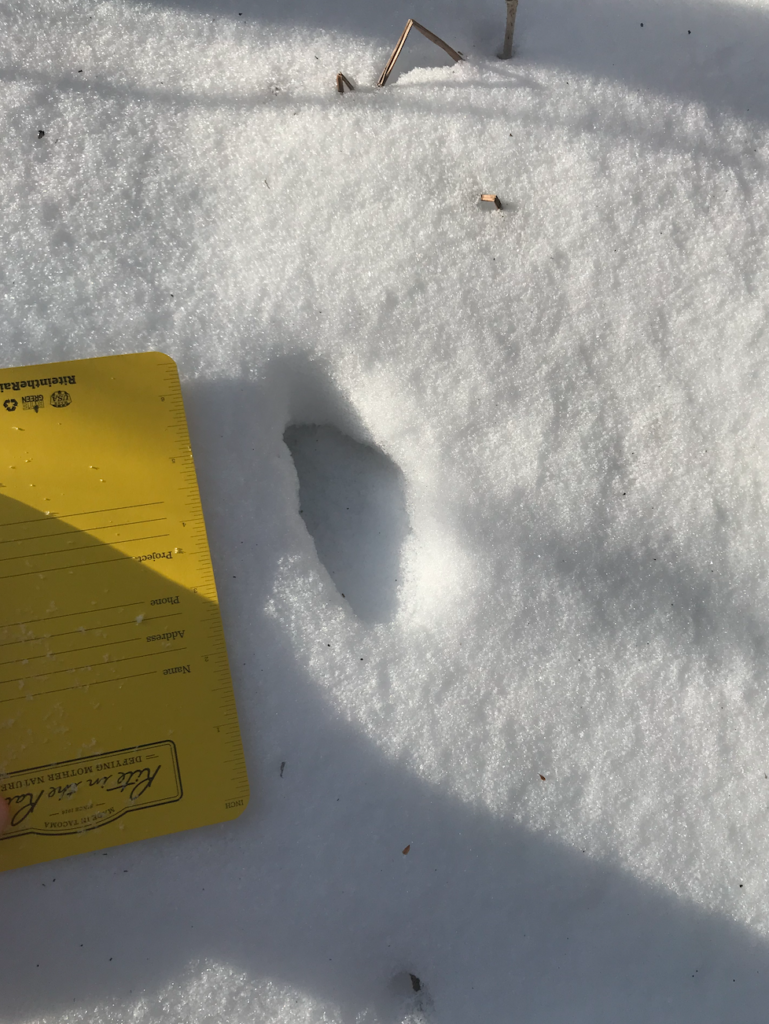
Figure 1 Brown, C. (2020). [Possible Mink Tracks]. 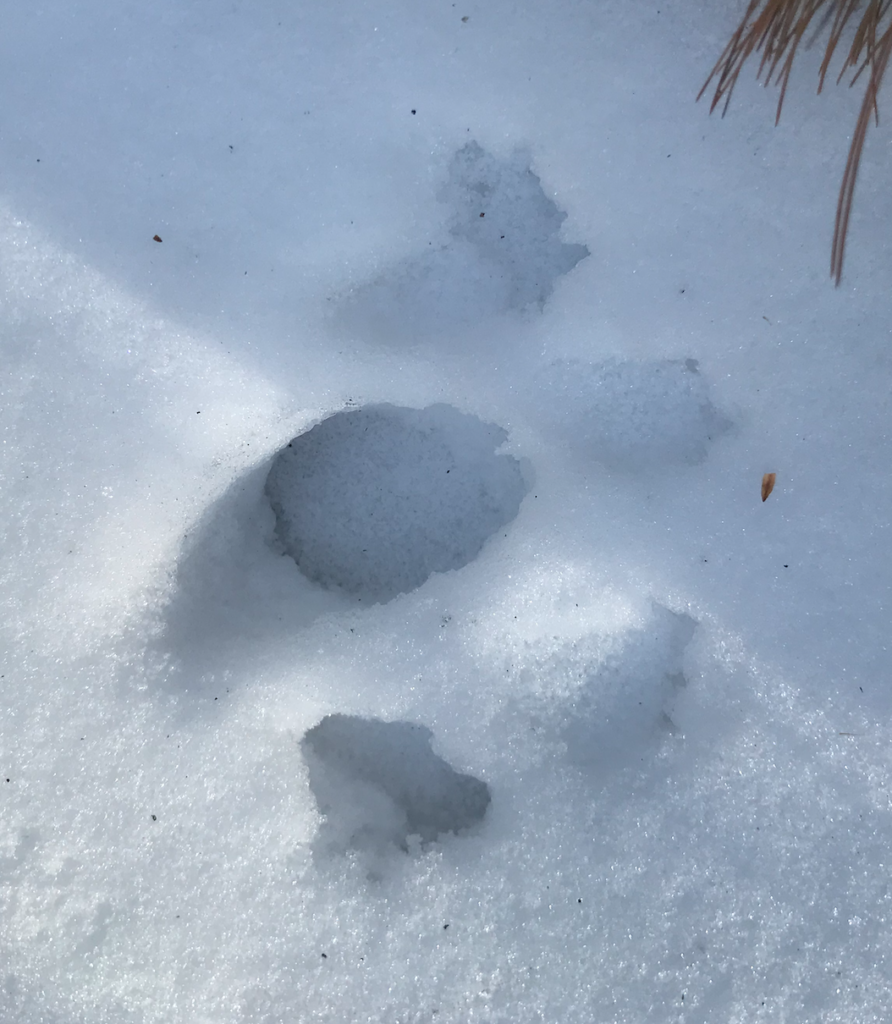
Figure 2 Brown, C. (2020). [Bunny Tracks].
Upon arriving at Centennial Woods after a few weeks, it took me a minute to realize where my site really was. The place had become much more barren and open, nearly all the brush his died off for the winter or has been buried in snow. But after finally settling, its familiarity came back. As I moved further from the trail, I was able to see more wild tracks and influences, instead of human and dog footprints. As I walked along the stream, I saw a small animal, which I thought to be a mink, cross the stream in front of me and go into hiding. Although i tried to be hasty, I couldn’t get a picture but I did take a picture of his tracks (see Figure 1). Although it was hard to distinguish individual digits in the feet, the habitat, size, and foot size all matched with that of a mink. Although I don’t know for sure, it did look like a mink, weasel, or other smaller kind of animal like a muskrat. I also found tracks that looked like they were from a cottontail rabbit (see figure 2), due to the measured straddle, and foot size, although in that specific picture, the bunny might have been sitting, explaining the presence of the smaller feet in the front instead of behind the larger feet.
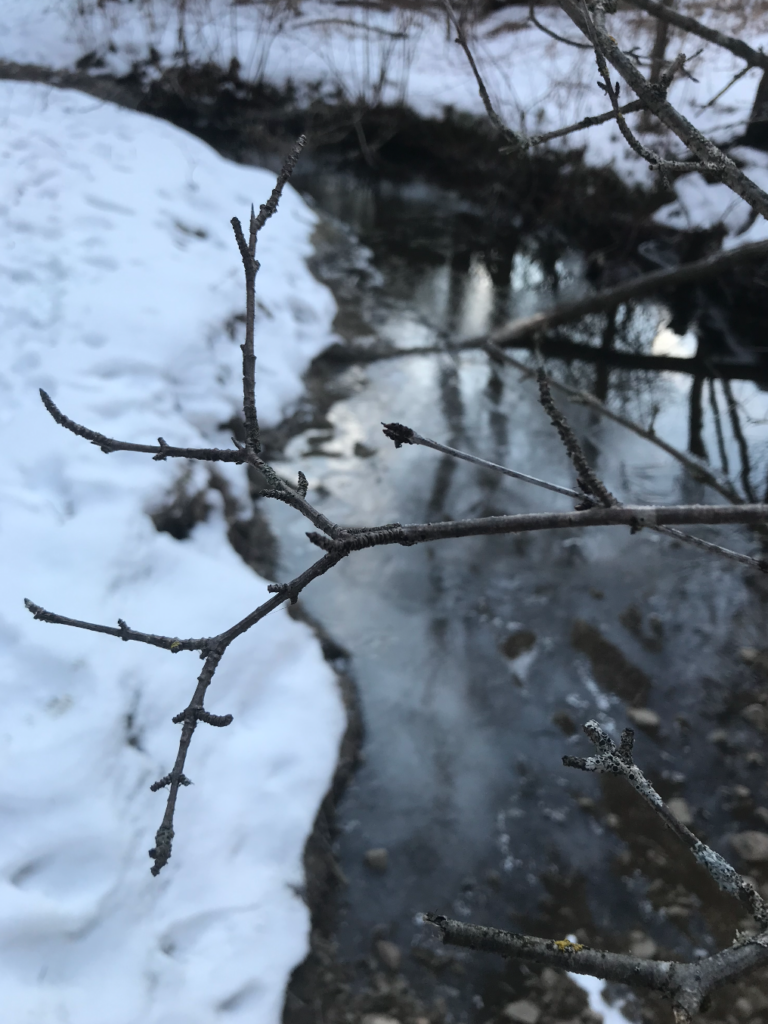
Figure 3 Brown, C. (2020). [Green ash twig]. 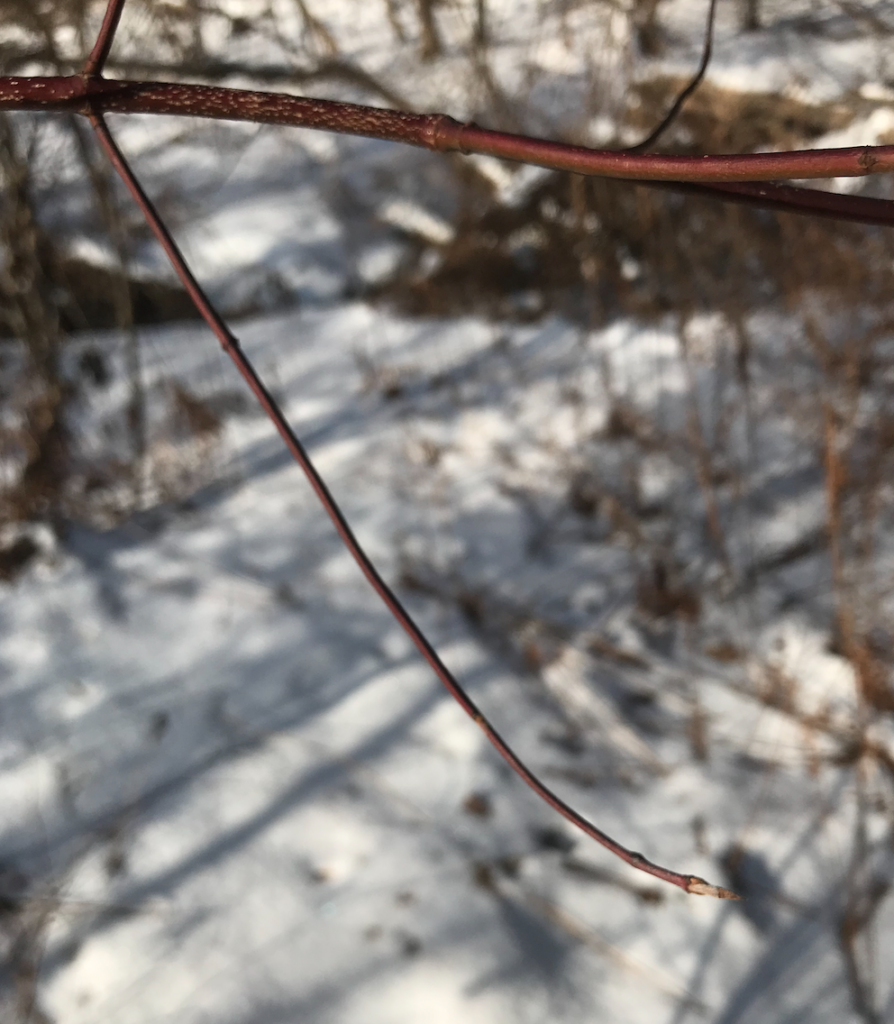
Figure 4 Brown, C. (2020). [Tree Twig]. 
Figure 5 Brown, C. (2020). [Tree Twig Diagram].
One major change on all the trees is the growth of new twigs that will soon become branches as the seasons progress. This new growth is easily detected due to the difference in color from the rest of the tree. I was only able to identify one of the twigs that I found (see Figure 3), many of the other trees around were much older, with twigs far out of reach.

Figure 6 Brown, C. (2020). [The Coming of Winter].
From the last time that I went to my site, much has changed, and some has stayed the same. The vegetation at my sight has almost completely died off, all deciduous trees are completely barren, without a leaf in sight, the trails have become complete ice, and snow now covers almost all of the ground. But at this site, birds of different species can be heard still chirping, and the small brook that is a key defining feature still flows despite its partial freezing. Although much has changed, there are still certain features that keep it the way it was.
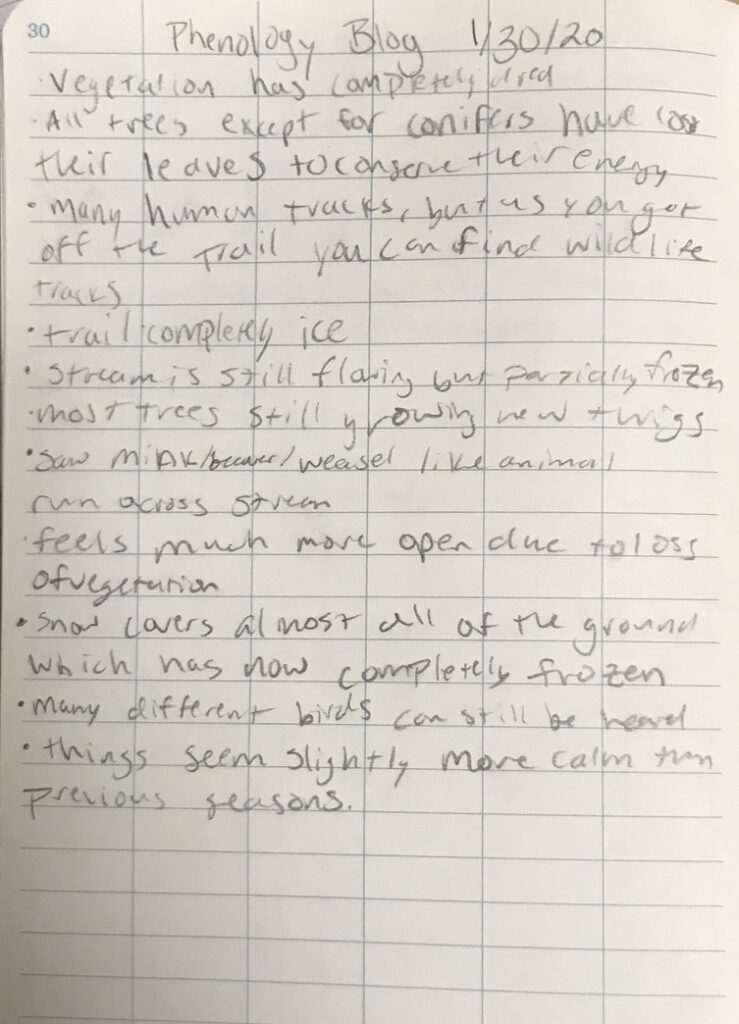
Refrences
Massachusetts Audubon Society, South Lincoln MA. Watts, May Theilgard. 1943. Winter Twigs.
Levine, L. (2014). Mammal tracks and scat. East Dummerston, VT: Hartwood Press.